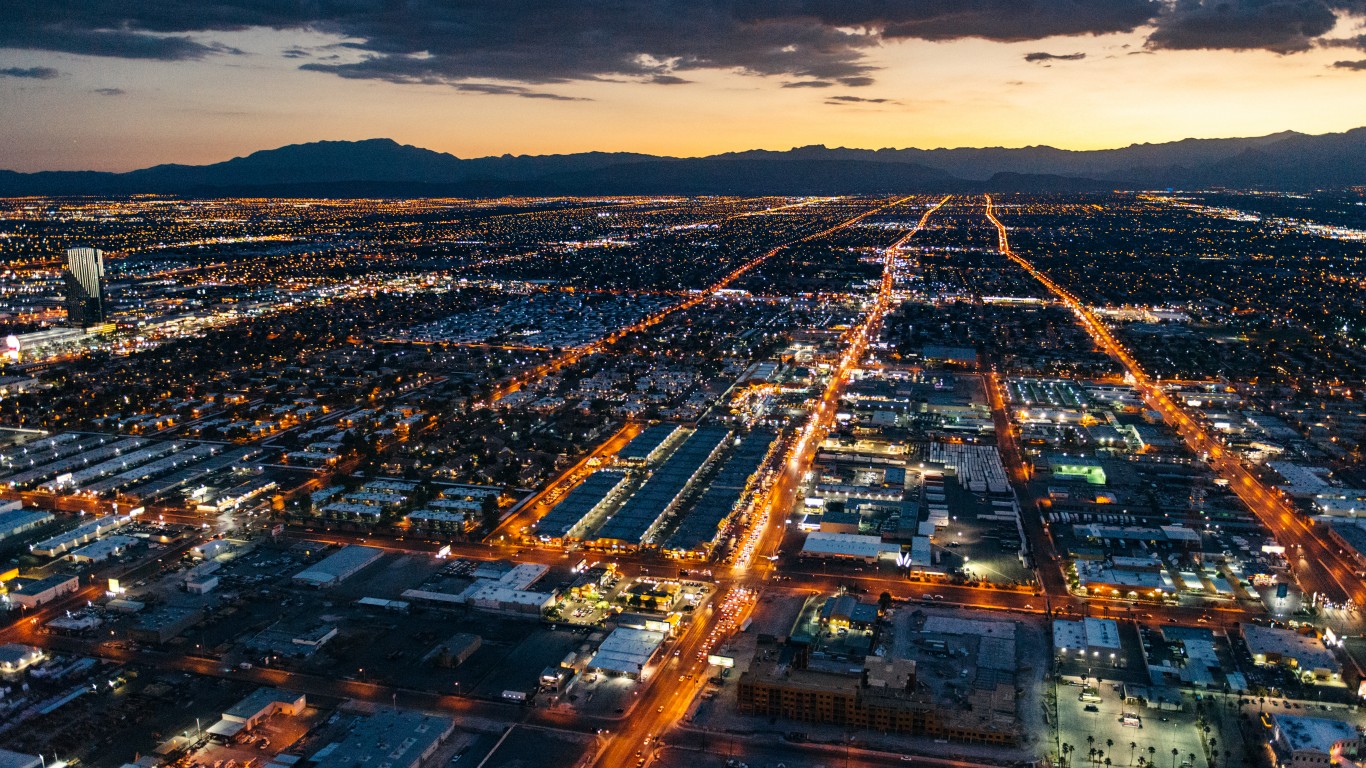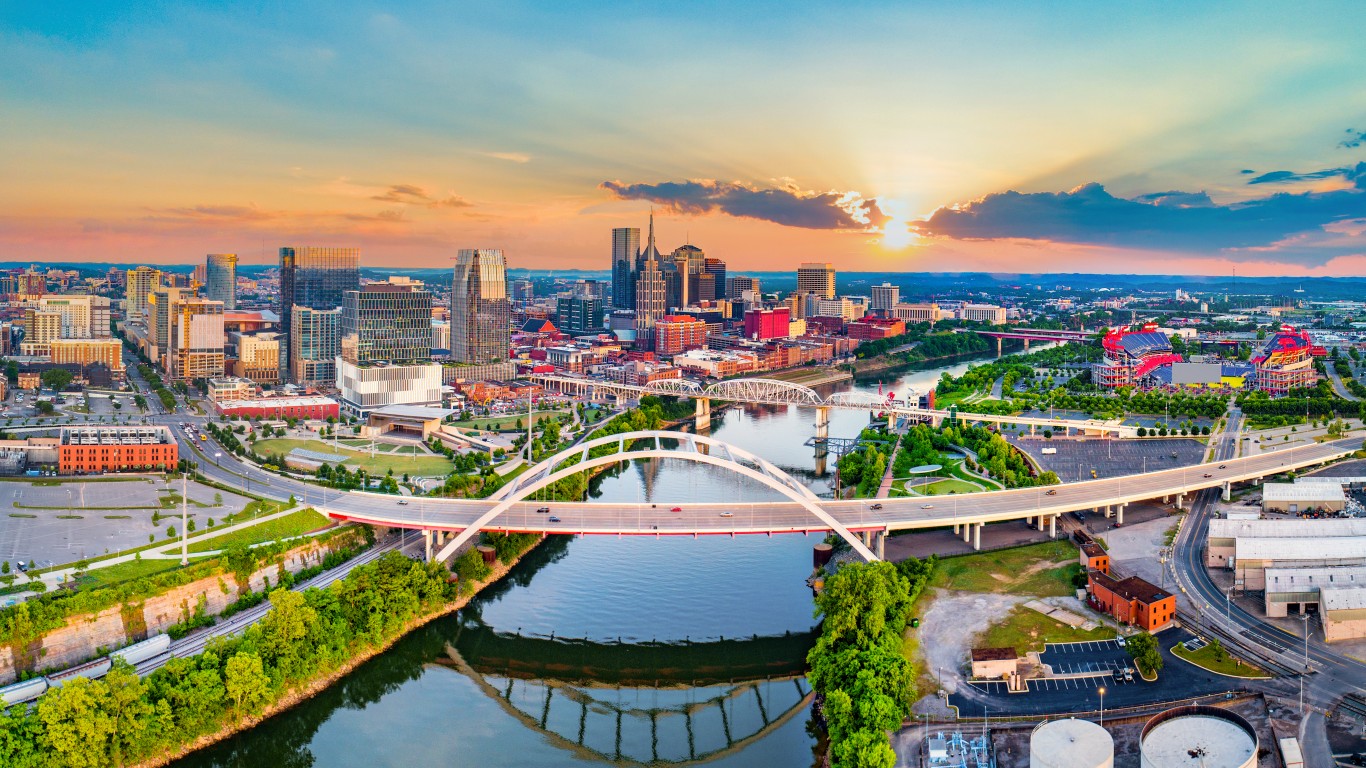
America faces a water crisis that may be the worst in the country’s history. Most of the problem is due to climate change, according to a consensus among scientists.
One does not have to look beyond the carefully followed U.S. Drought Monitor, which posts a drought map of America and breaks drought out by states and smaller areas. Drought is reported by five levels, the worst of which is “exceptional” drought, defined as “exceptional and widespread crop and pasture losses, exceptional fire risk, shortages of water in reservoirs, streams and wells causing water emergencies.”
A look at the Drought Monitor map shows that huge parts of California, Nevada, Utah, New Mexico and Texas have exceptional drought conditions. In some of these states, the condition exists across more than 50% of the area within their borders.
These levels of drought may not go away soon, if they ever do. The New York Times reports that the drought in much of the West is the worst in 1,200 years. The drought will persist for at least decades, according to the paper.
The blame for these high levels of drought have been placed more with greenhouse gasses than precipitation. This human-driven climate change has pushed temperatures to remarkably high levels. It is not unusual for some of the areas with the worst drought figures to also be those with the most days when temperatures are over 100 degrees Fahrenheit.
The situation may make parts of some of the region barely habitable. Yet, the population is surging among these areas. Phoenix, the fastest-growing large city in the United States is an example. Large cities in the southwest rely on water from the Colorado River basin. The level of water in the Colorado River has dropped substantially recently. And the largest lakes used as reservoirs, including the once-huge Lake Mead, cover only a fraction of the surface area they did just a decade ago.
While precipitation may not be the sole cause of drought, it is certainly a contributing factor. The website Current Results recently used data from the National Oceanic and Atmospheric Administration’s National Centers for Environmental Information to choose the driest large city in the country. Based on this analysis, the answer was Las Vegas. It topped the list for two reasons. Annual precipitation is only 4.2 inches, the lowest among the metro areas examined. It also topped the list of days per year without precipitation at 339.
In 20 Years, I Haven’t Seen A Cash Back Card This Good
After two decades of reviewing financial products I haven’t seen anything like this. Credit card companies are at war, handing out free rewards and benefits to win the best customers.
A good cash back card can be worth thousands of dollars a year in free money, not to mention other perks like travel, insurance, and access to fancy lounges.
Our top pick today pays up to 5% cash back, a $200 bonus on top, and $0 annual fee. Click here to apply before they stop offering rewards this generous.
Flywheel Publishing has partnered with CardRatings for our coverage of credit card products. Flywheel Publishing and CardRatings may receive a commission from card issuers.
Thank you for reading! Have some feedback for us?
Contact the 24/7 Wall St. editorial team.
 24/7 Wall St.
24/7 Wall St.


